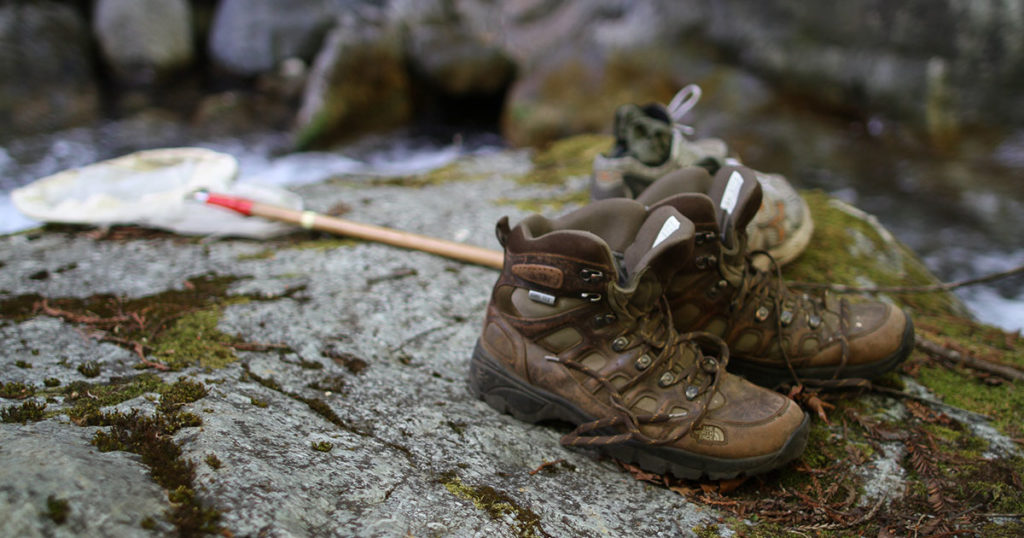
Anyone wanting to cross Spain on foot has a route mapped out, the Camino de Santiago. Actually, routes, because the Camino has several, leading from various points to cross the country and converge on the cathedral in Santiago de Compostela, near the western edge. Maps and literature abound, road signs directing you are in place, hostels and hotels welcome you, and restaurants provide special meals at special rates for walkers. And if you are on an established route, trudging along with a pack, people will recognize you as a Camino walker, a caminante, also called a pilgrim, peregrino, and they’ll know where you are going. All roads lead to Santiago. A friend from the States, a walking enthusiast and an honorary Spaniard through longstanding ties to northern Spain, has walked part of the Camino, and she’s reported fantastic food and good company and good conversation along the way.
But her pet project is a more daunting Walk Across America, west to east, in week-long segments of 12 miles a day, with roughly one segment a month from spring through fall. She began the walk four years ago in Vancouver, Washington, and expects to finish it in a few more years in Bangor, Maine. Sometimes a friend will join her on her walk to help with the logistics, the basic aid being to transport her from the end of her walk each morning back to her rental car, which saves her from retracing her steps and means all her miles are forward miles. Sometimes the friend scouts the road ahead for the next day’s route or even walks along with her for a few miles. She calls these people her crew.
On each segment, she writes a blog for each day, describing her adventures and thoughts, and often the prologue is sent from the departure lounge of her local airport, as she’s about to leave for the segment’s starting point. Two months ago, at the end of August, while she was waiting in a nearly empty airport for her morning flight, she saw news reports of explosions at the Kabul airport. The contrast between the Kabul airport and the quiet one where she waited was stark. How lucky to be an American, in a quiet airport far from that, was her thought, and she shared it with her readers. Several of them wrote back to agree and express regret for the day’s dead in Afghanistan. One of them spoke of mourning his military brothers.
The next day, outside Wall, South Dakota, walking on a lonely stretch of road called the Wall Dump Grounds Road, my friend encountered just one vehicle, a truck with the logo of a regional telecom company, and she encountered it twice: first when the truck passed her going out and then when it was returning. That was when it stopped.
If I were on a lonely road, no one else in sight, whether in Kabul, Gijón, or Wall, I’d find my heart in my mouth at this part. How often are encounters with strangers on lonely roads pleasant and how often not? Even in relatively safe Spain, brutal events occur, and a few years ago an American woman on the Camino was abducted and murdered. Nothing untoward had happened to my friend in all the miles she’d walked across America, though some well-wishers along the way had worried about her, and from her readers came frequent appeals to keep safe. Had she been alone that morning, she might have been nervous, but she was accompanied by one of the two friends who’d come to Wall to crew.
My friend thought the man was stopping to discourage walking on the road, but instead he wanted to suggest an alternate route that the walkers might find more interesting. Because it looped back to Wall, it was no good, not if you’re headed to Maine. But the thought was kind. Then it was her turn, and she asked what he was doing on that remote road. She expected him to say that he was on a work mission. Instead, he explained that he had a problem with bats at his house. Rather than shooting them or putting out poison, he caught the bats and drove them for miles on Wall Dump Grounds Road to relocate them. Later, in her blog, she described the meeting as “one of those spontaneous encounters with a local that make you feel good about people in general. We all need more of that!”
By the end of the week, she would announce the 1,500-mile mark in her trek. Five years of walking. A few sketchy encounters but nothing like a real threat other than fast trucks on narrow roads or really annoying black flies. Her woes, such as they are, stem from her own fatigue, or a blistered toe, or a craving for salads—from within, not without. In those miles, how many vehicles had stopped to inquire if she needed help? Dozens. How many people, encountering her in a bar where she’d gone for a glass of wine and a meal after the day’s walk, had sat and chatted with her? How many bartenders had answered her questions and asked their own? I could guess, but even if my guesses were good, they wouldn’t tell a full story because the walk goes on. Later on this same segment she would meet, in addition to Batman, a fellow on a bike, affectionately dubbed Bike Boy, who stopped for a picture with her. From Batman to Bike Boy! She’s five years into the walk and not halfway across the country. Think what’s in store. America is a large country. A great one. You doubt? Not as great as it once was? Try walking it. From west to east with an early start, like my friend, so you’ll always get the sunrise on a new day in America. That’s how to make it great again.

